A constant fixture at traffic lights, they speak pre-rehearsed lines, act in a dramatic way and will hound you for money. Have you also noticed the increasing number of beggars in the city?
What is one of the most common situations that you come across at any of the traffic light points in and around the city? In all probability it’s a handicapped person walking towards you with the help of crutches, a walker or a stick; a supposedly blind man accompanied by another; a homeless woman crying for feed for her baby, or a child in a dishevelled state banging on your car window. And all of them asking for alms and pointing out one reason or the other.

rn
Photo By: Sumit Kumar
This is not just a common sight at the traffic light points but you can now increasingly spot beggars outside religious places, tourist spots and crowded markets in the city. Some of us may feel empathic and give them some money, offer them food or grocery and sometimes we may just cast them away with annoyed faces. But do beggars beg for a living or has it become a career with someone running the whole show? Life in Chandigarh looks at the larger picture.
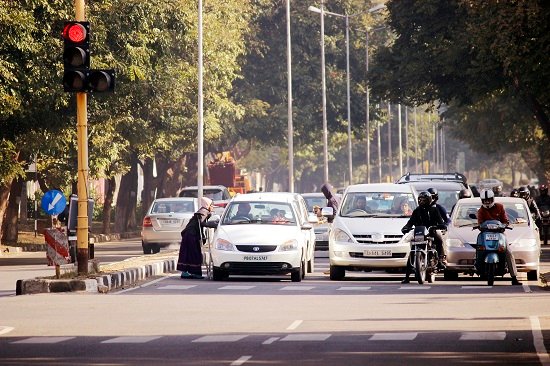
rn
Photo By: Sumit Kumar
Begging for livelihood
Despite the aggressive economic growth, India still has a sizeable population living under the poverty line. While there are many underprivileged and those who are handicapped who genuinely beg for livelihood, the numbers of those who find begging as the easiest way to earn a living merely because of their incapability to work, is rising in the city.
“As much as I know begging basically started from ‘bhiksha’ where bhikshus would seek food asking for alms. But today the scenario has changed altogether. With numerous NGOs, langar sewa at religious places and people selflessly doing charities, getting food has no more remained a challenge to stay alive. But some people have the knack to play with emotions and sentiments of people and literally make business out of everything. Beggars are just like door-to-door agents, designated specific duties who are working for that someone who is pulling the strings,” observes Priya Changol, a city-based software engineer.
The Professionals
Each beggar approaches you like a thorough salesman with a peculiar tone and a specific desire. It is worth pondering on as to how well they are trained for business. “Sometimes, it really makes me wonder that who trains these beggars. Most of them have set scripts as if they have been trained to execute the work. Don’t you think making someone believe your pain and get them to pay you money is quite a skill?” questions city-based chartered accountant Sanjay Rana.
What does the law say?
It is hard to believe that Chandigarh has no law to deal with beggars. On the condition of anonymity a senior Chandigarh Police official told us, “Chandigarh has a no rule to tackle beggars. We have to follow other state laws and we arrest them under different state law notifications. But when we take them to court, most of the time they are set free again.”
Are these beggars really in need?
Some people are genuinely handicapped and have no source of income. In the dearth of finding a job they are forced to beg to make ends meet. You may find beggars with crutches on the traffic lights begging with a sad face emphasising on their dire state. This question may raise some eyebrows but it certainly makes us wonder that how come suddenly so many handicapped persons have made it to the roads to earn their bread and who sponsors their crutches that would cost somewhere around Rs 700 to Rs 1500?
Where do they disappear?
“Have you ever seen a beggar in the wee hours of the morning or even at a time after 7 pm in the evening? To me, it seems most of them work in a 9 to 6 shift and some work overtime for getting additional benefits,” believes Achal Bansal, a city-based businessman.
There are several instances where these beggars make direct deals with the store owners for selling grocery items that people have given them. “One morning a beggar with a child in her arms came to my shop and asked the price of a packet of wheat flour. When I told her that 5kg is for Rs 130, her reply was ‘Koi achha murga fasne do fir aap atta waapis leke mere ko cash de dena apni commission kaat ke (Let me lay trap on a bigger prey so that you can take back the packet and give me cash after deducting your commission)’. It was no less than a shock for me,” shares Bansal.
An organised racket?
According to news reports, every now and then big begging rackets are busted and arrests are made that reveals the mafia that runs the whole show. But who is to be held responsible for the increasing number of beggars that push children into the trade. Nitin Aggarwal, a mobile distributor in the city shares, “Beggars visit our recharge counter for Rs 10 or Rs 20 recharge coupons. They travel by auto, they use mobiles, they eat chowmein, samosa, patties and still they beg.
To me this clearly indicates that these beggars work as day labourer wherein they are paid as per their earning. In addition to this you’ll find the same beggar at the same point everyday as if he has been allotted this place by some authority. If one analyses the situation, the results are alarming.
If a beggar is on a 10-hour shift, meets 500 people in a busy market and gets Rs 1 (an average) from everyone, then he would earn Rs 15000 at the end of the month which is almost double to what a security guard gets who does a 10-hour vigilant shift.”
Should we help?
This question would leave most in a dilemma as helping the right one has become a herculean task. It is so difficult to differentiate between the real beggar and the one just bearing a deceptive look. Most of the women carrying a newborn baby asking for alms to feed the baby and even children with their untidy faces pleading for food are so properly trained to beg that it melts ones hearts and most of us are left with no option but to help them. Be cautious. Even if you want to help someone who seems needy to you, never give in large amounts and never give packed stuff that can be returned in lieu of money at a set commission.
To fight the menace of begging, the first and the foremost step for residents of the city is to stop giving alms. If you can see a handicapped person with no legs or arms, help him with food or donate clothes. Discourage children who beg. It may seem heartless but this can prove to be a step in the right direction.






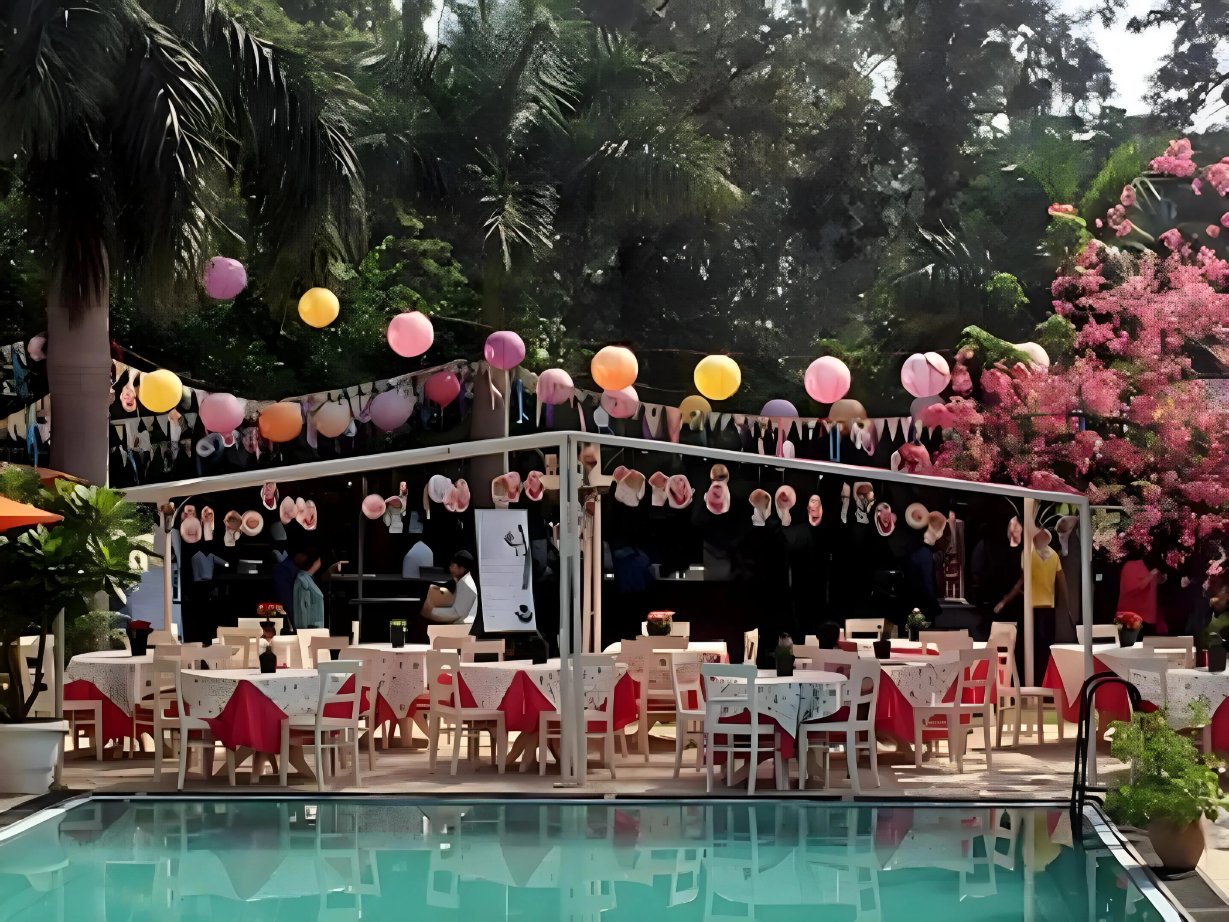
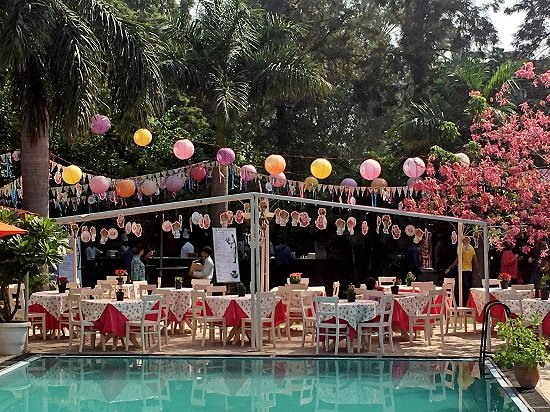
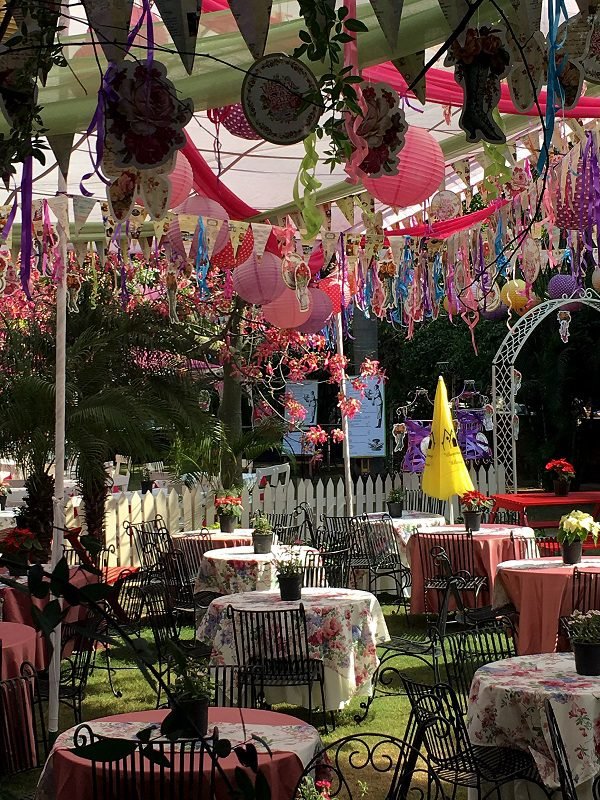

.jpg)


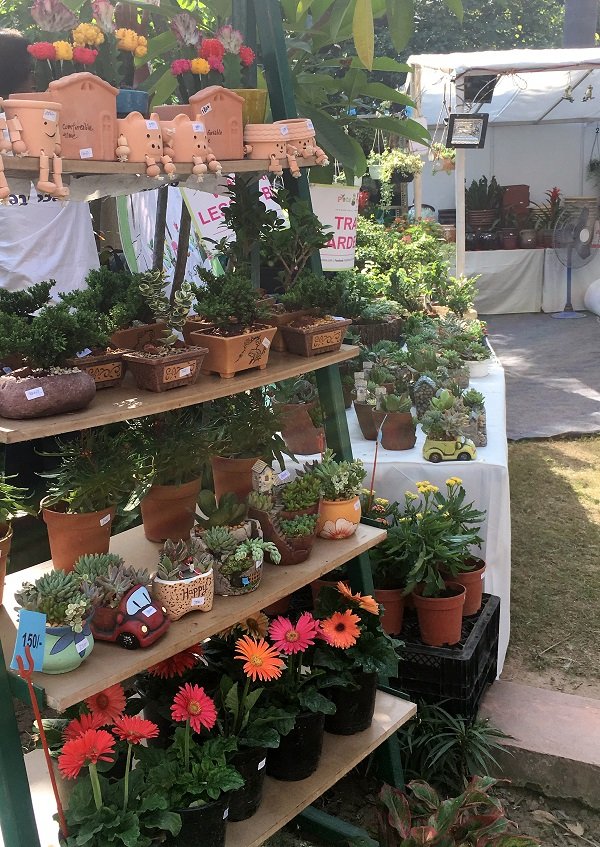





.jpg)
.jpg)

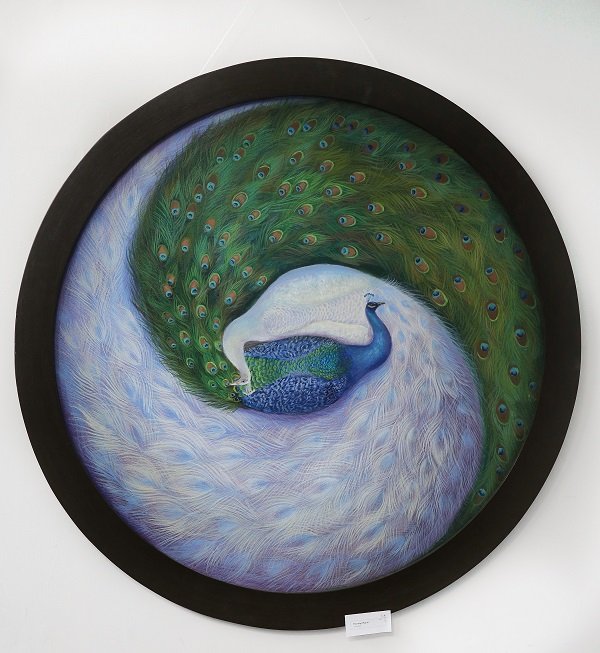
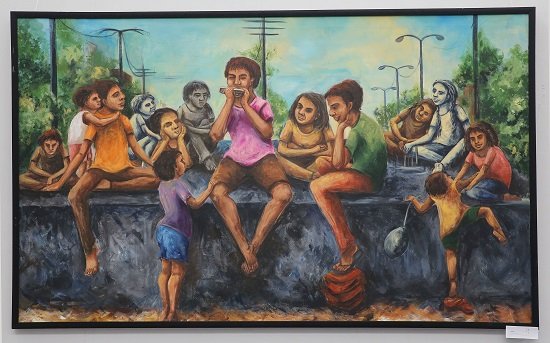
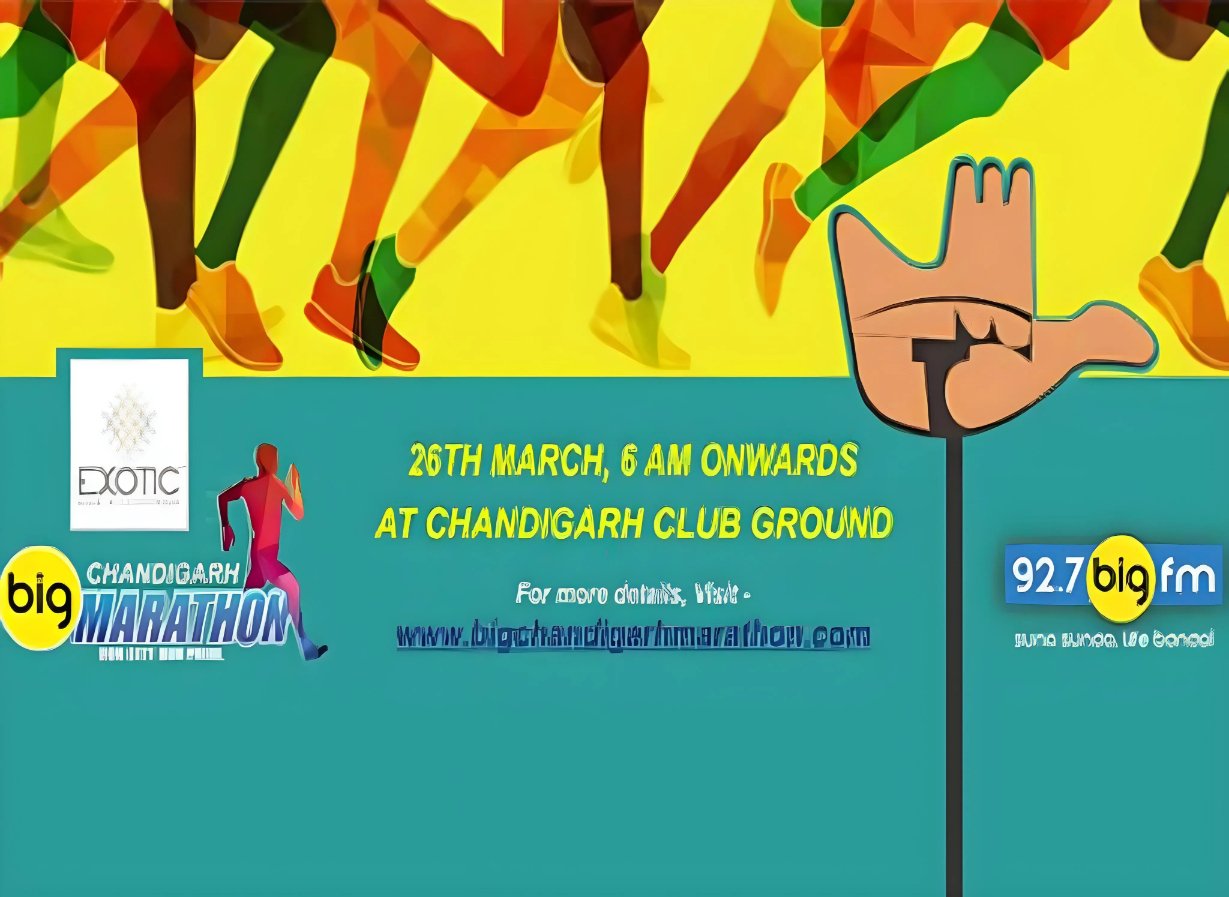
.jpg)

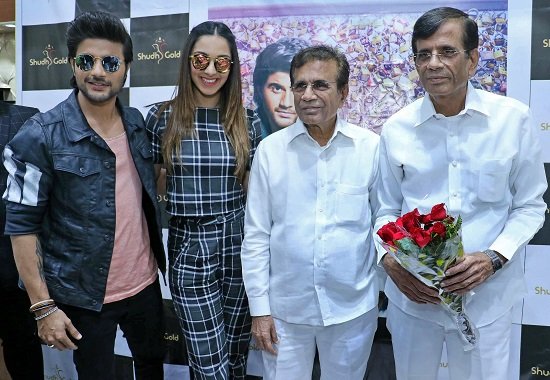


.jpg)
.jpg)

.jpg)


